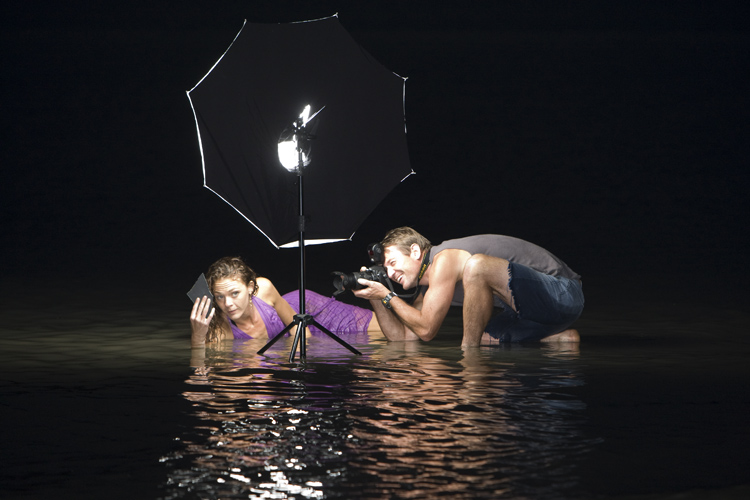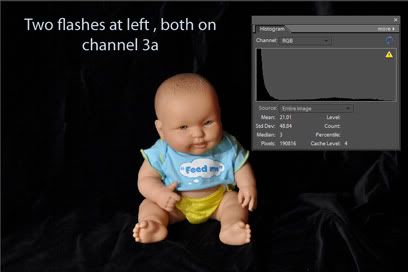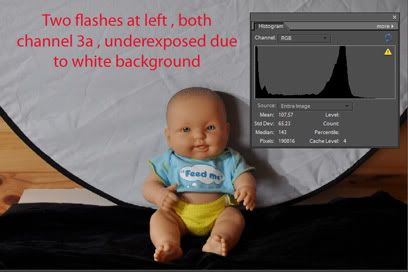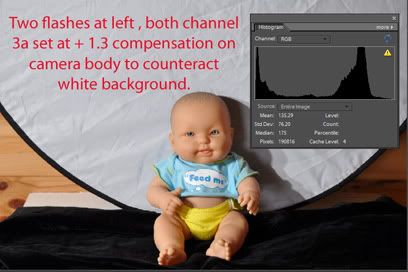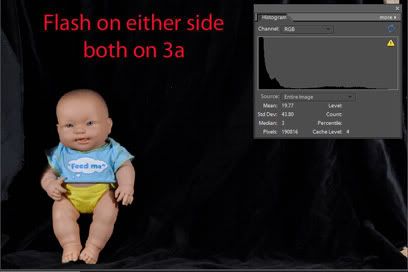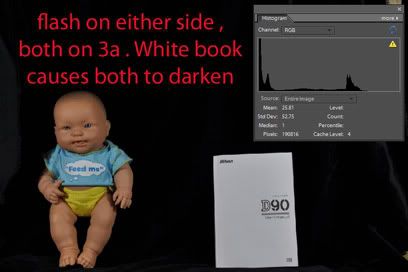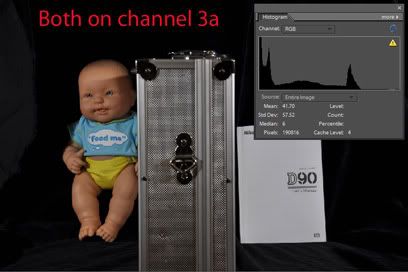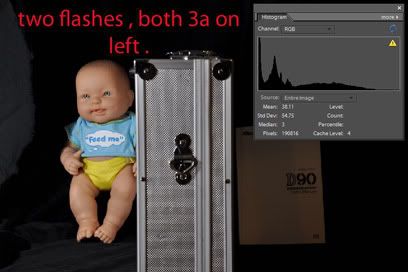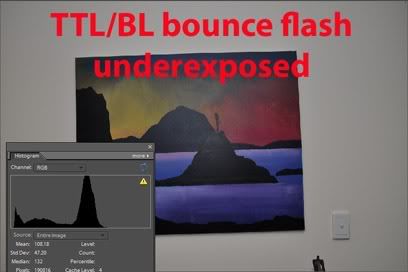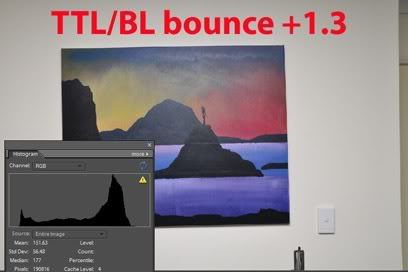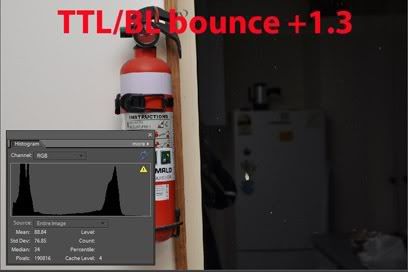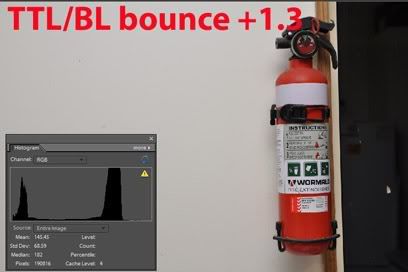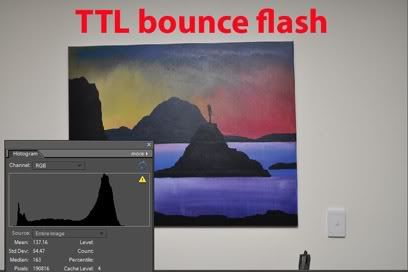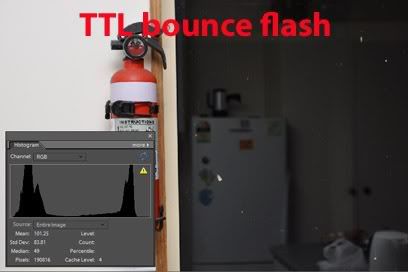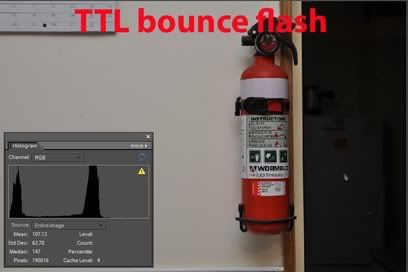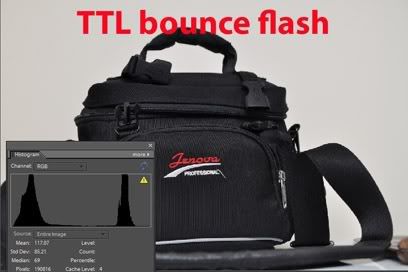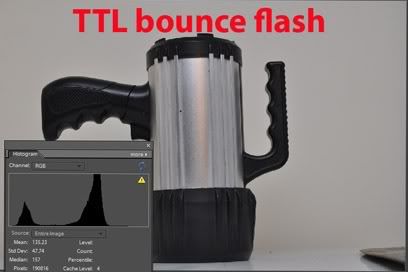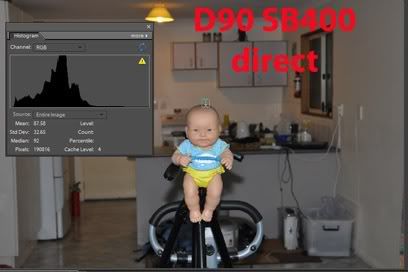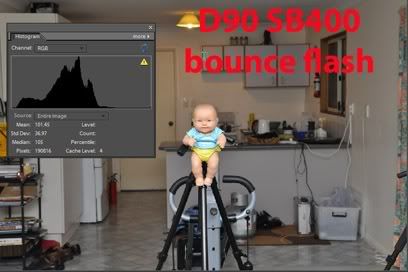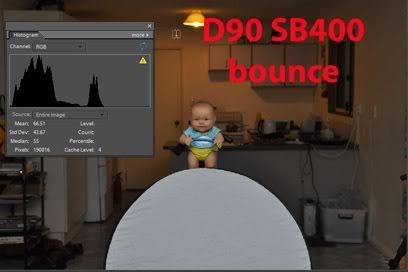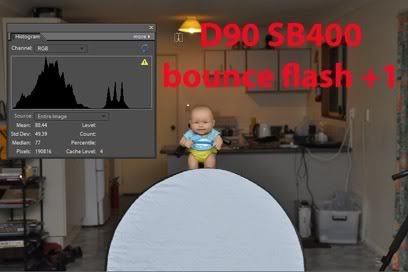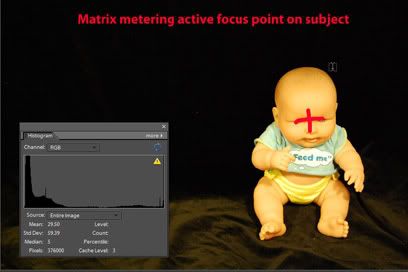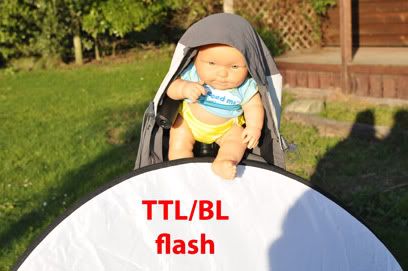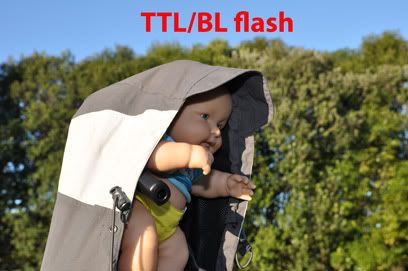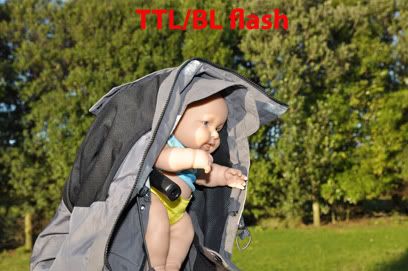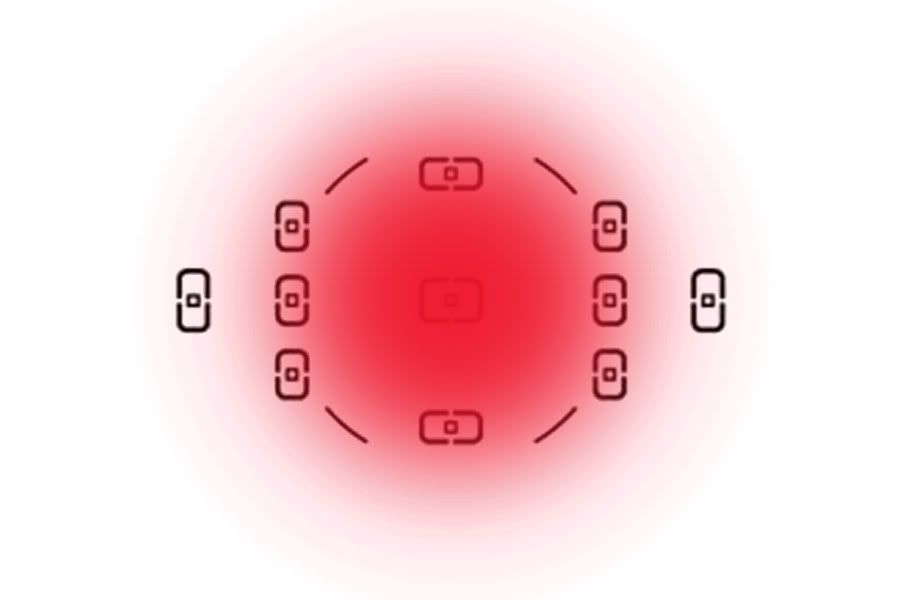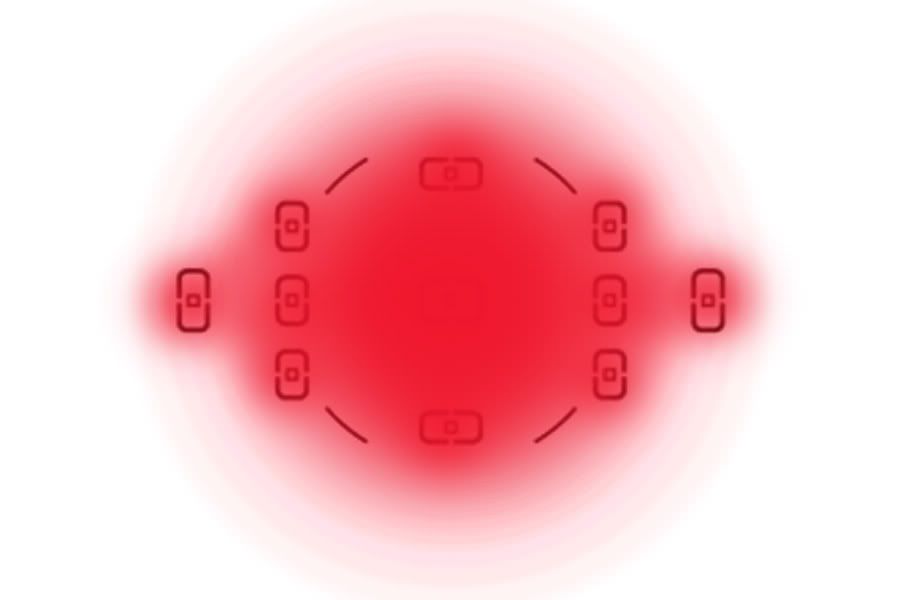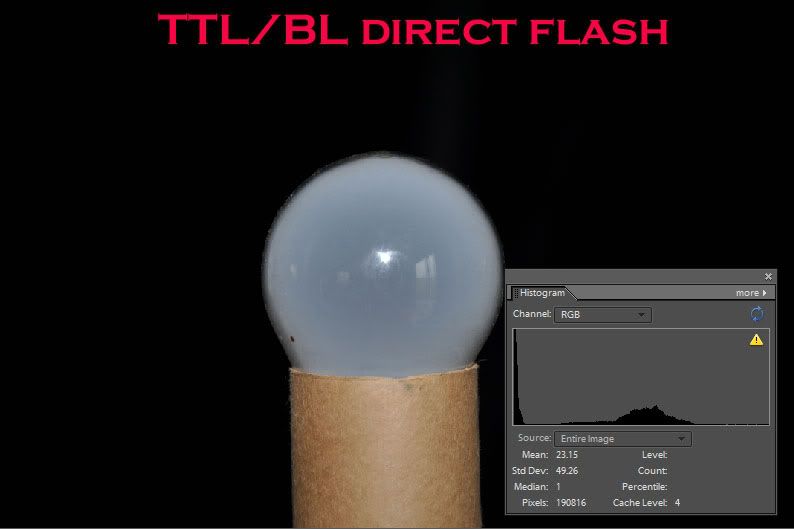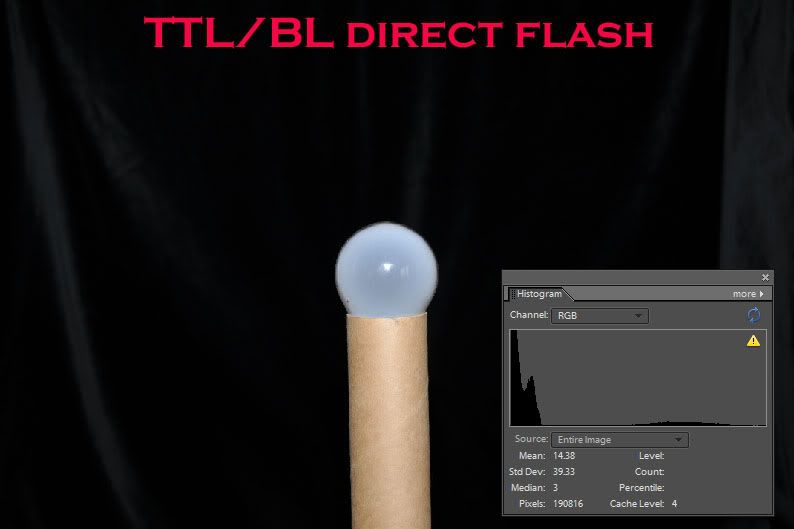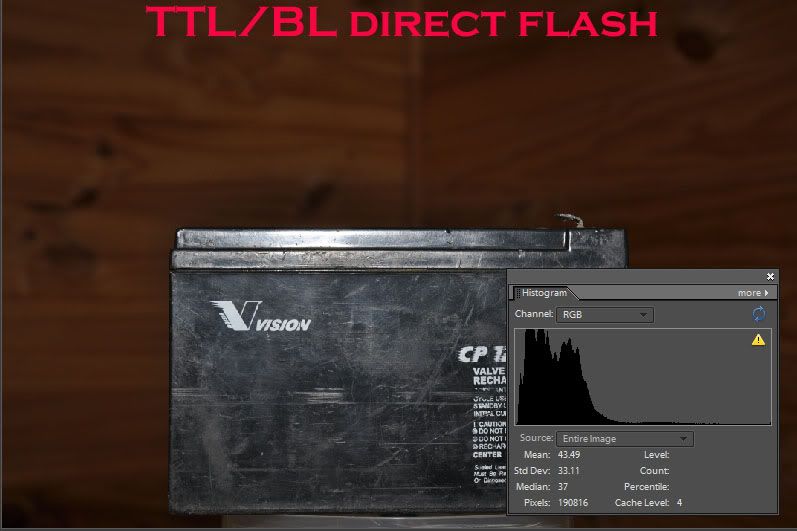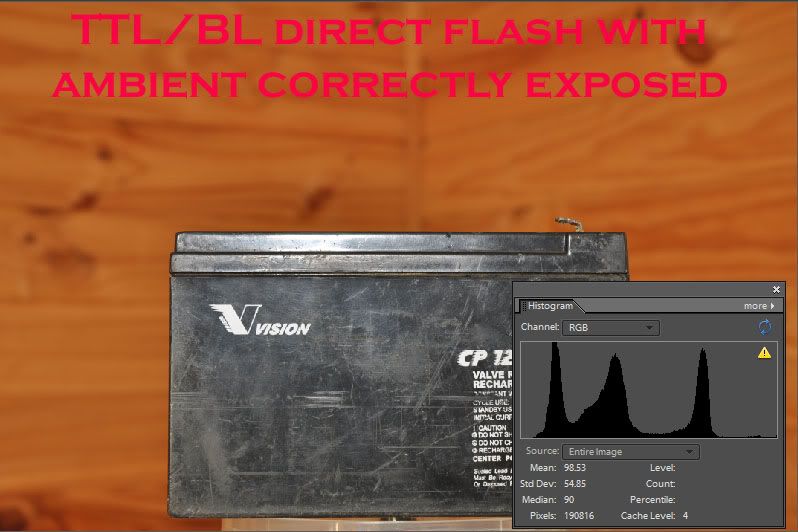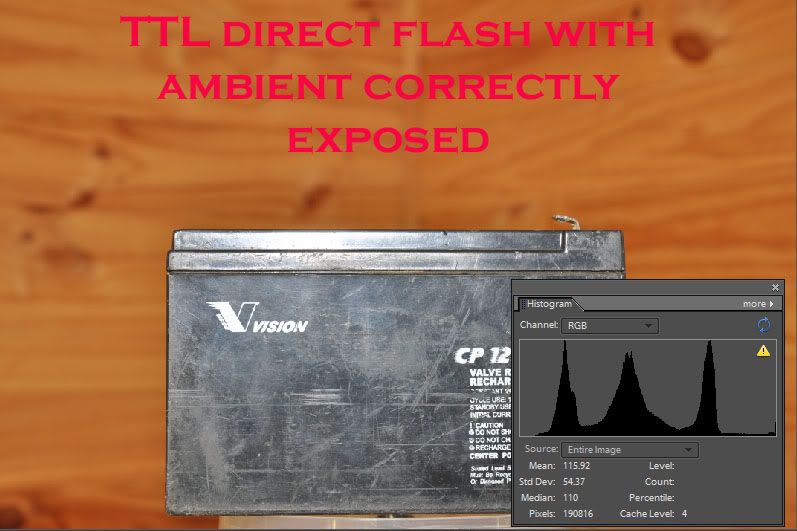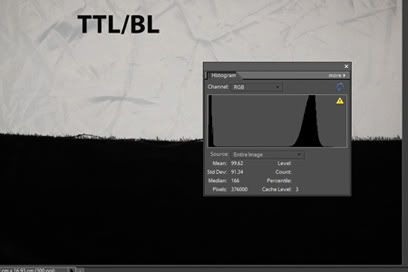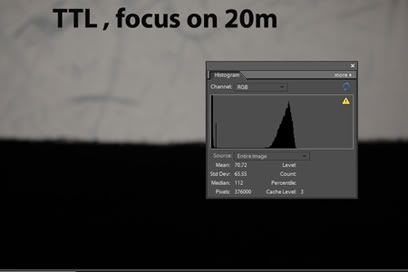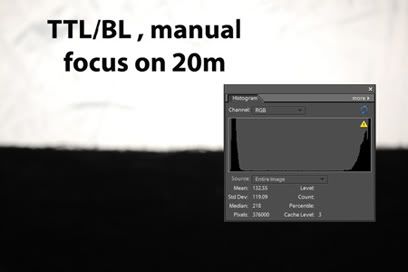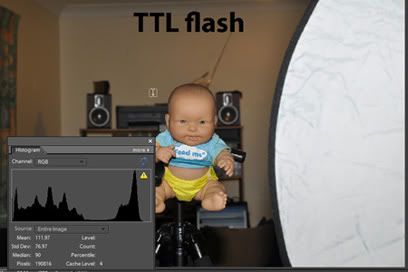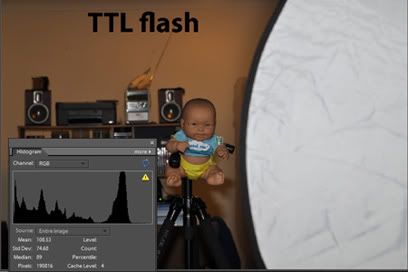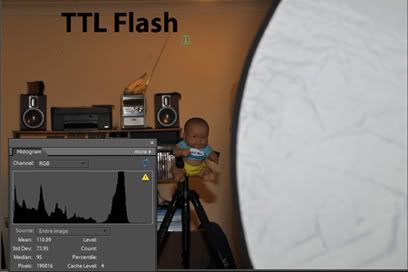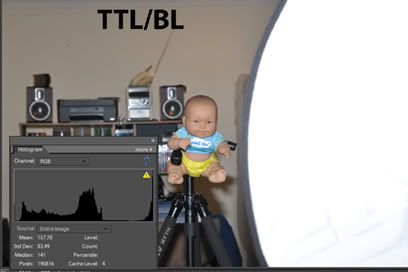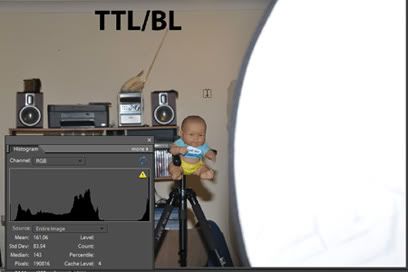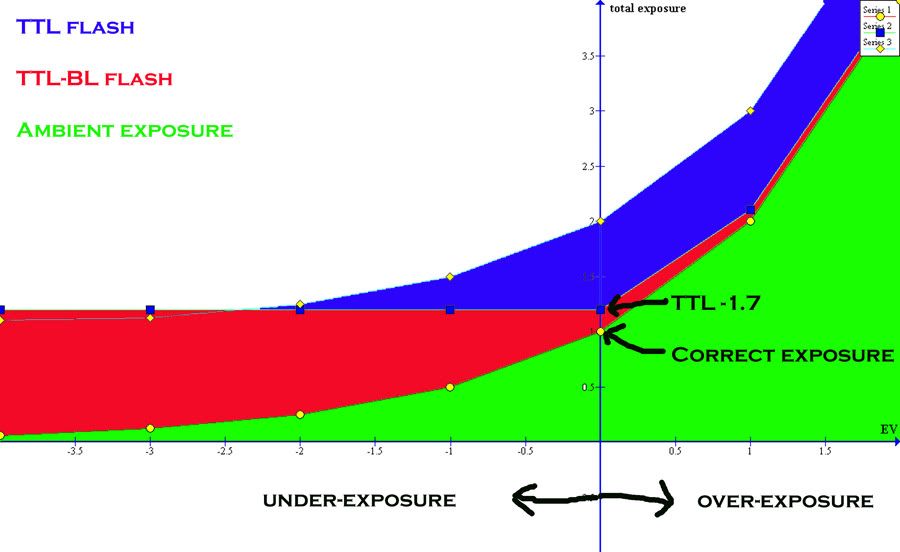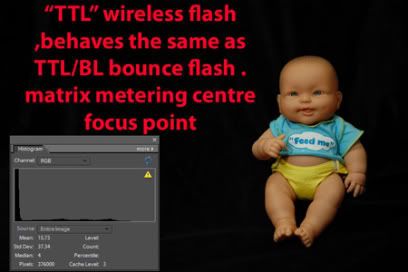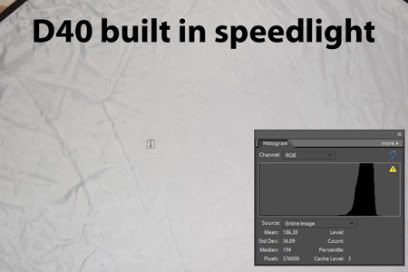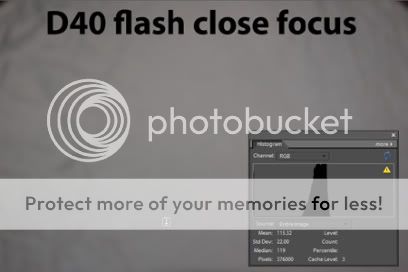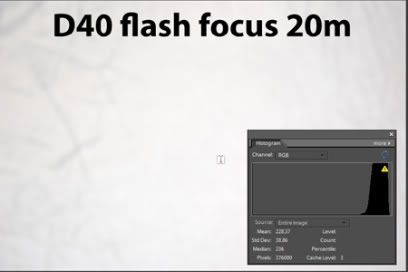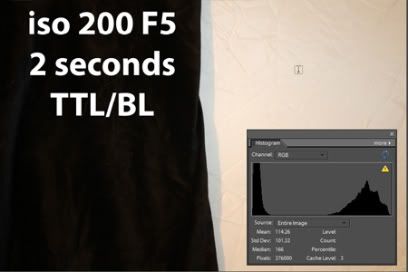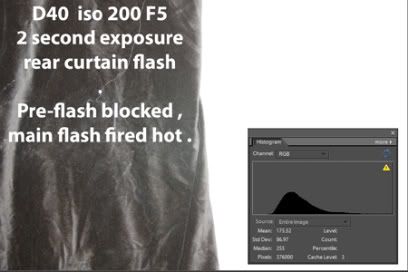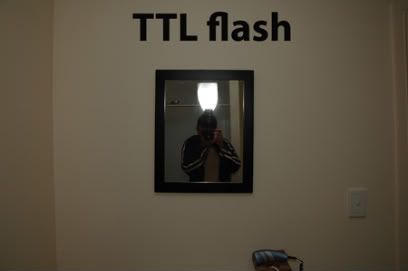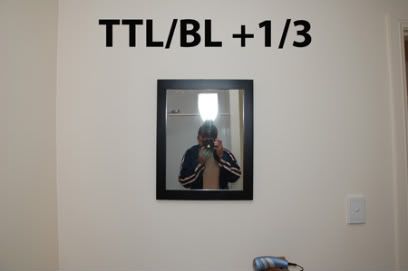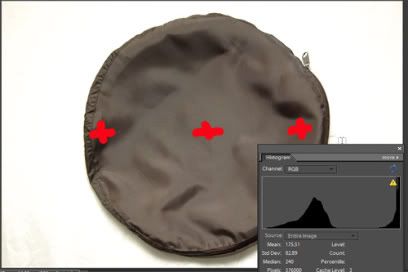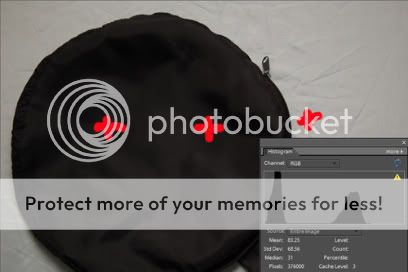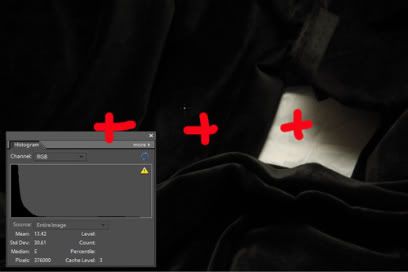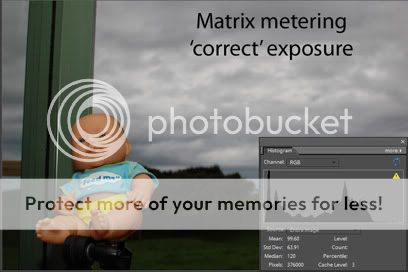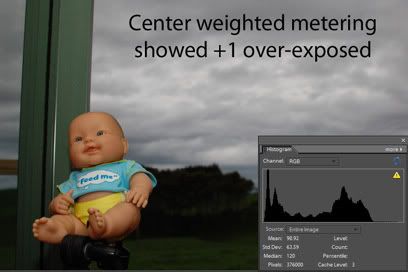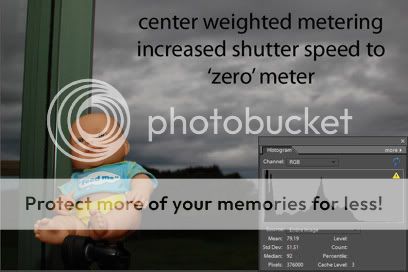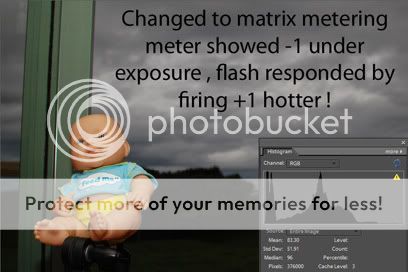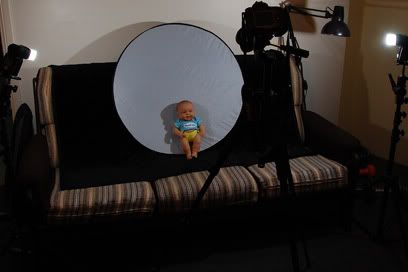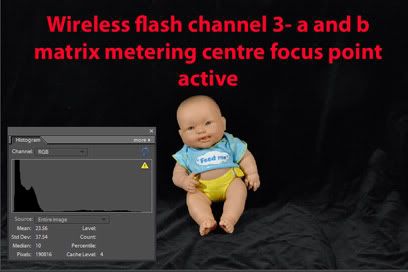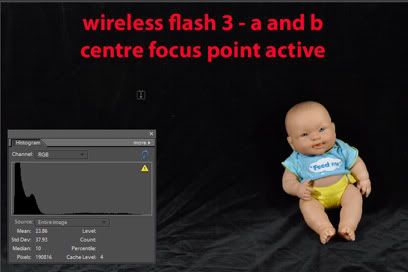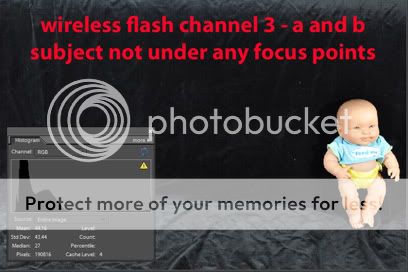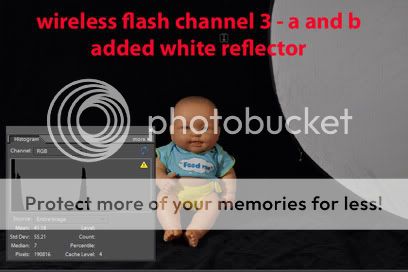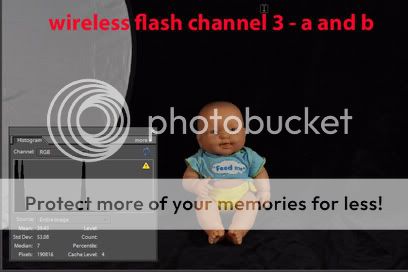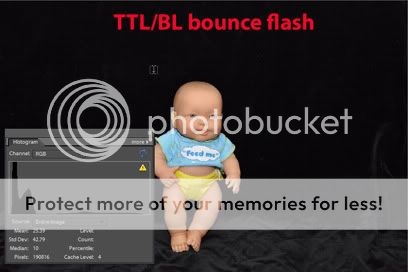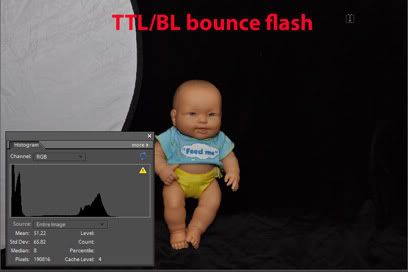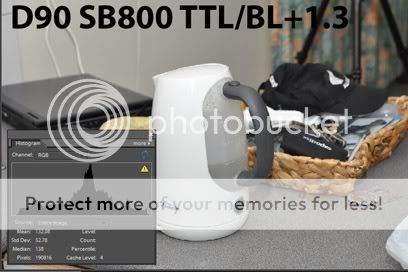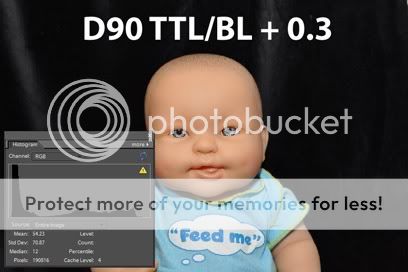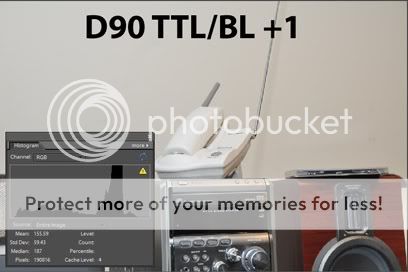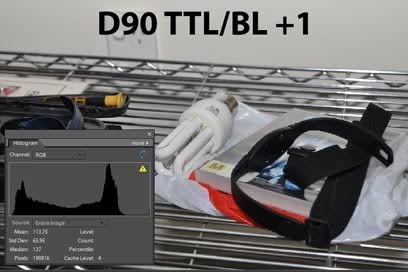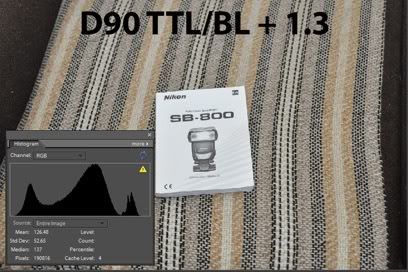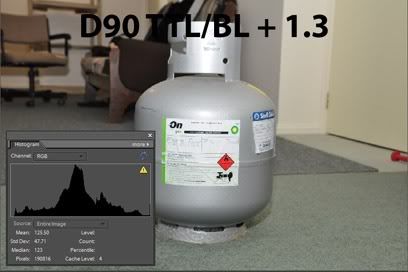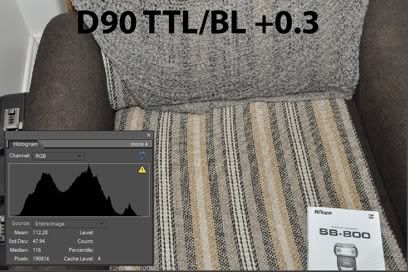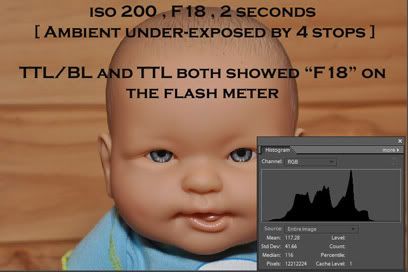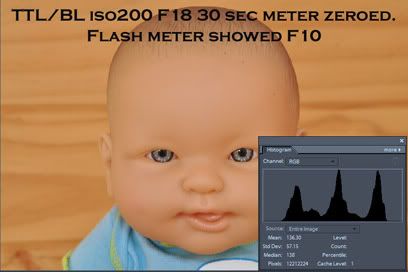Nikon's manuals don't explain auto 'high'- fp very well - or the limitations involved .
Most cameras have a focal plane shutter
{ Except the D1 , D40 , D50 and D70[S] , they have electronically switched sensor/shutters and can do what I call 'realsynch flash' and effectively have 6X as much power with flash at maximum speed , compared to a pro body in high-fp mode } , but other cameras need high-fp mode .
At your camera's maximum synch speed [ 1/200th sec for the D90 ] the shutter opens , the flash fires , and the shutter closes , which means that the entire sensor gets the full flash .
Here's an older camera with a 1/90th sec synch speed ...

As the shutter speed increases the " first curtain " of the shutter opens and the " second curtain " starts chasing it across the screen right after it starts moving which means that a slit slides across the screen . If the flash were to fire at a higher shutter speed than the maximum synch speed you will get a partially-lit photo .....
 As you can see in the above image the flash fired , it lasted about 1/10 000th sec and turned off - the slit was still in the beginning stages of its travels though and so only a slit has been lit , as the slit continues its journey with no light source the top of the image will be black .
As you can see in the above image the flash fired , it lasted about 1/10 000th sec and turned off - the slit was still in the beginning stages of its travels though and so only a slit has been lit , as the slit continues its journey with no light source the top of the image will be black .The solution is for the flash to act as a ' continuous ' light , it fires rapidly in succession and may fire tens of thousands of times per second , and so is effectively a 'continuous ' light and behaves the same as the ambient with regard to the fact that shutter speed now controls the flash output as well as the ambient .
It would look something like this in slow motion - as the slit slides across the frame the flash keeps firing .... bzzzzzzzzzzzzzz







 This is an old Canon camera so it is not exactly what the Nikon shutter would look like but it conveys the general idea . The main trade-off being that a lot of light is being wasted on the back of the partially open shutter .
This is an old Canon camera so it is not exactly what the Nikon shutter would look like but it conveys the general idea . The main trade-off being that a lot of light is being wasted on the back of the partially open shutter .To do the maths you simply need to put your SB800 on the camera and assume 'sunny 16' rule - for the brightest clearest day you could have - at iso 200 and 1/200th you would be at F16 - set it to that , it's a " worst case scenario ' for outdoor flash .
Now have a look at the working distance shown on the back of the flash with the flash head facing forward , we have :
1.) 18mm 8.8 feet .
2.) 35mm 11 feet .
3.) 105mm 17 feet .
Now when we keep the ambient exposure where it is we can assume that changing to F8 will let in 4 X as much light so we would have to go to 1/800th sec shutter speed which is high-fp mode .
This gives us :
1.) 18mm 4.6 feet
2.) 35mm 5.8 feet
3.) 105mm 8.8 feet .
The calculations :
1.) 4.6/8.8 = 0.522 X the distance .
2.) 5.8/11 = 0.527 X the distance .
3.) 8.8/17 = 0.517 X the distance .
So that means that we have just over half the working distance in each situation when we keep the ambient exposure where it is . To confirm this we can go to F4 , let in 4 X as much light , and to keep the ambient where it is we will have to go to 1/3200th sec effectively cutting that 4 X as much light in 1/4 again and negating the " advantage ' of opening the aperture .
So now the flash is behaving the same as continuous light and whatever we do , keeping the ambient correctly exposed , we will have that same working distance .
Because of the 'inverse square law' [ 2 X the distance needs 4 X the power , while 1/2 the distance only needs 1/4 the power ] .
 When the subject is twice as far the lengths of the sides doubles , 2 X 2 = 4 X the area .
When the subject is twice as far the lengths of the sides doubles , 2 X 2 = 4 X the area .And of course halving the distance means you will only need 1/4 the power .
Once again it's not all that simple . The distances shown are with regard to the flash having to light the entire scene , something we don't need when we have the ambient correctly exposed .
A common setting for those who use 'fill-flash' outdoors is TTL-1.7 compensation , just to add some light to the subject without overpowering it with flash .
TTL flash doesn't know how well you have the ambient exposed and negative compensation will need to be dialed in . TTL/BL on the other hand takes the ambient exposure into account and if it detects correct exposure it will automatically dial itself back to the equivalent of TTL-1.7 in situations where they meter equally .
Many people will dial in even more negative compensation so if you had to assume an 'average' of -2 EV for the flash compensation that is two stops , or 1/4 the power that you are 'demanding' of the flash anyway so it will be able to do that at the first distance suggested by the flash head before you changed to high-fp mode .
If you were in TTL mode and went to high-fp , at105mm , and shot a subject 17 feet away [ when the flash head tells you that your limit is 8.8 feet ] the flash head will probably register -2 after firing telling you it never had enough power .
But if you have dialed in '-2' on the flash head it will be happy to light a subject 17 feet away because it can do that at '-2' :) .
